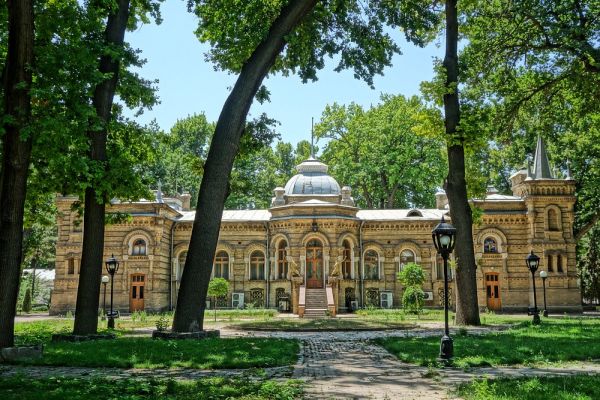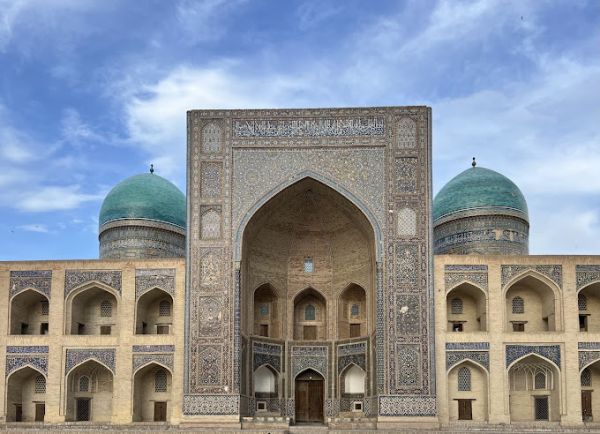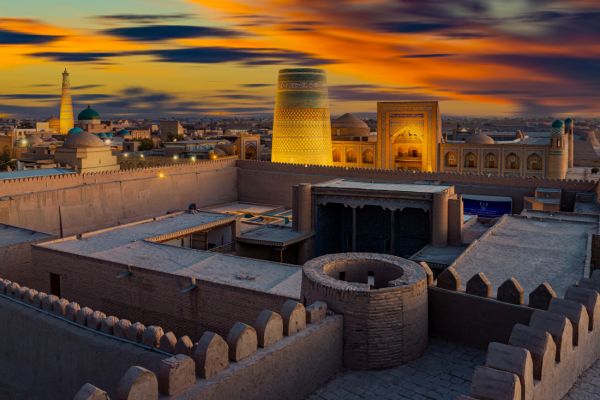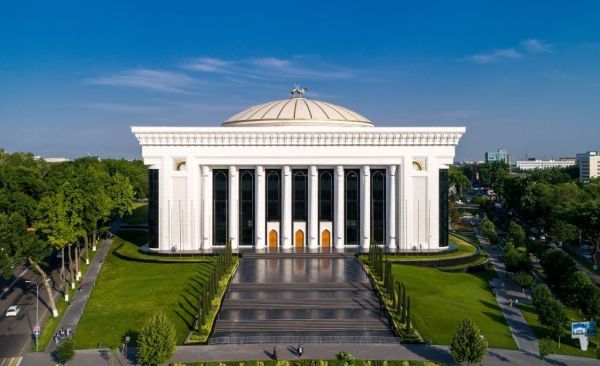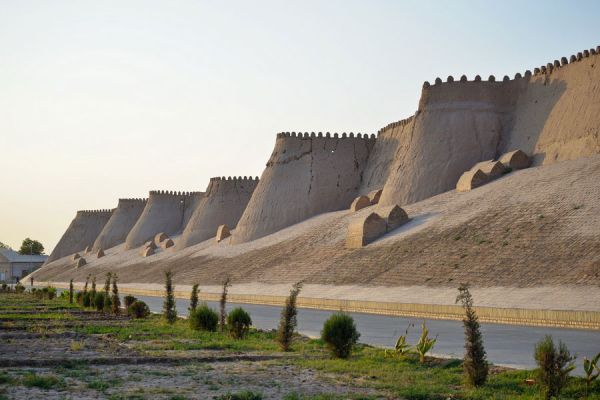Abulkosim Madrasah
The Abulkosim Madrasah is located in the center of Tashkent and was built in 1561 by the decree of Khan Abulkosim. It became one of the most important educational institutions of its time and continues to be an important cultural and educational center.
The main features of the madrasah:
Architecture: The madrasah is made in the traditional Uzbek style typical of the Teimurid era. Its facade is decorated with colorful mosaics, wood carvings and calligraphic inscriptions. Courtyards and study rooms create an atmosphere of privacy and concentration necessary for studying.
Educational activities: The madrasah taught not only religious sciences, but also humanities, including philosophy, mathematics and astronomy. The educational process was based on classical Islamic texts and traditions, which contributed to the development of science and culture in the region.
Historical significance: The Abulkosim Madrasah has become an important center of Islamic education in Central Asia, attracting students and scholars from all over the country. It has played a significant role in the dissemination of knowledge and culture, as well as in shaping the spiritual image of Uzbekistan.
Modern activities: Today, the madrasah continues to function as an educational institution, offering education in various fields, including Islamic law and theology. This place also serves as a venue for cultural events, exhibitions and lectures.
Tourist attraction: The Abulkosim Madrasah is one of the main attractions of Tashkent. Its visit allows tourists to plunge into the rich history and culture of the region, as well as enjoy the splendor of architecture.
The Abulkosim madrasah is not only an educational institution, but also a symbol of Uzbekistan's rich cultural heritage. Its architecture, educational activities, and historical significance make it an important place to study Islam and Uzbek culture, as well as a popular destination for tourists seeking to learn more about the country's traditions and history.








